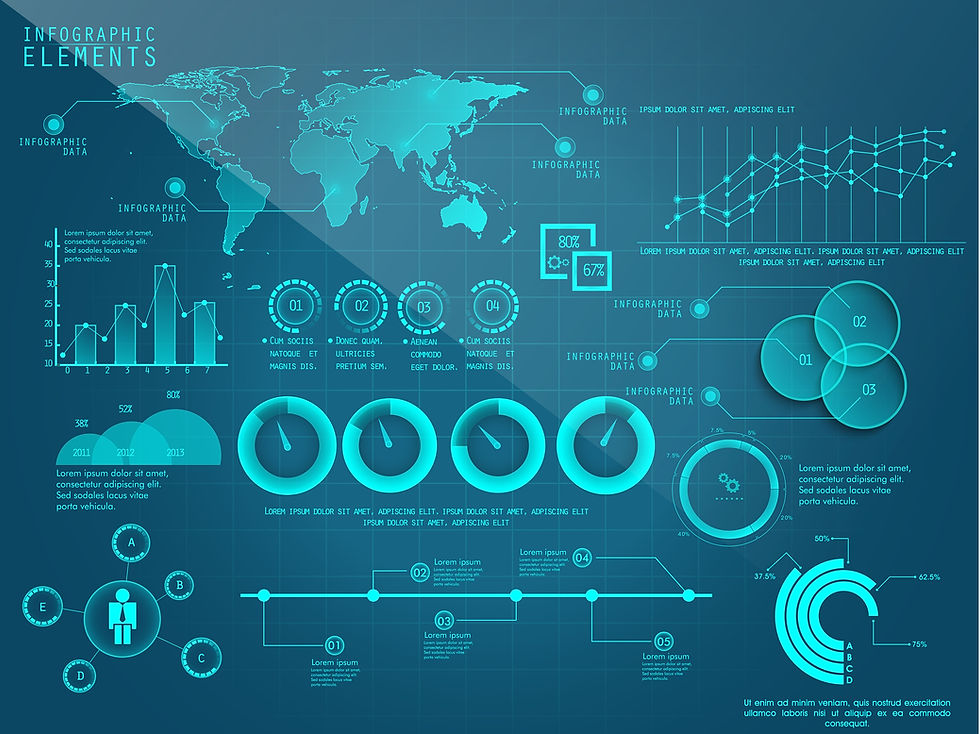A Glossary of Cybersecurity Terminology - for the rest of us!
- TJ Crews
- Jan 28, 2019
- 2 min read
Access – the ability to interact with a system in any way, be it for communication, networking, or malevolent purposes; having the option to handle a system's information and/or to control the system's functions
Antivirus – a program designed to detect, prevent, and remove computer viruses and other malware
Attack – any type of a cyber assault with the intention of altering a system, its operations, data, and resources
Backdoors – any undercover method used to avoid usual cybersecurity controls or authentication to enter a system
Blacklist – a list of entities that are denied access or privileges; opposite of whitelist
Cyberspace – space established with the help and intermediation of computational-digital technology; often used as a term for everything that's on the Internet
Cyberwarfare – warfare in cyberspace; a term used to describe the use of computers, Internet and other media for storing information to execute attacks on enemy infomation systems using weapons of information technology
Digital Forensics – a science that aims to collect, keep, find, analyse, and document digital evidence, i.e. data that is stored, processed or transferred in a digital form
Eavesdropping – a cyberattack that uses the technique of capturing smaller fragments of a network's communication and analysing the collected content for information
Firewall – a network device intended to filter network traffic in order to create a zone of cybersecurity
Information System – a system which collects, stores, processes and delivers information in a way that they are available to all of the users who want to access them, provided that they have proper authorization, thus being prone to cybersecurity threats
Keyloggers – also called keyboard capturing and keystroke logging, is used to monitor and record the keys that the user is pressing on the keyboard
Malware – mal(icious) + (soft)ware, any software intended to cause damage to a system; a computer program launched on a computer system without the user's consent with some kind of an undesirable effect
Payloads – the executional parts of malware, parts that actually perform the destructive action
Phishing – a cyberattack intended to acquire sensitive data by posing as a trustworthy entity in cyber communication
Rootkits – a group of programs intended to grant access that wouldn't normally be allowed, in other words, threatening cybersecurity through unauthorized access
Spoofing – very versatile and dangerous cybersecurity threat in which legitimate websites are successfully imitated in appearance by fake, malevolent websites
Trojans – Trojan Horses; malicious computer programs that are falsely presented as other programs with useful or desirable functions
Virus – the most common cybersecurity threat; a computer program that can “infect“ other programs by inserting a copy of itself into their structure
Whitelist - a list of entities that are granted access or privileges; opposite of blacklist







Comments